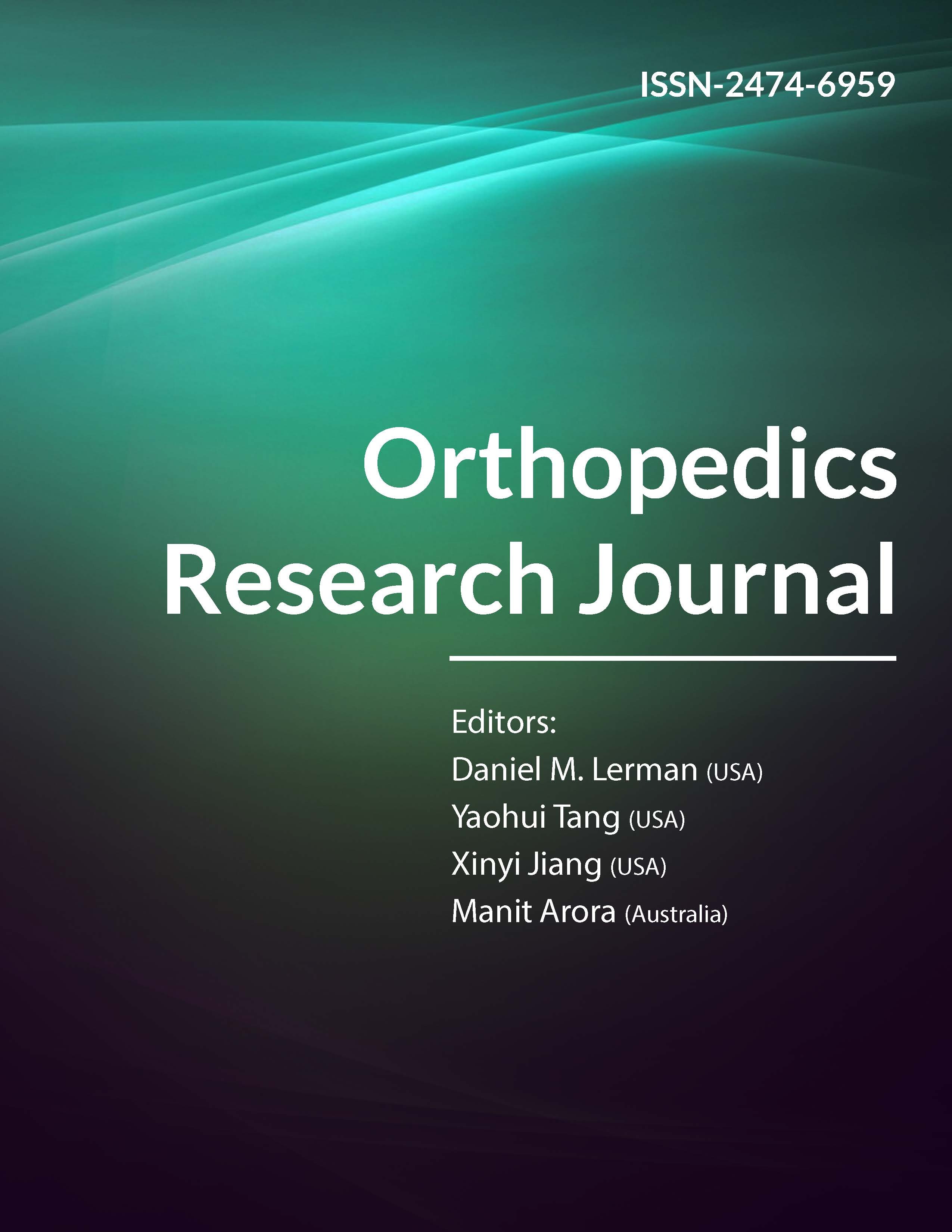
Information Links
Previous Issues Volume 1, Issue 2 - 2016
Fever and its Association with Infection in Severely Injured Polytrauma Patients
Sylvain Steinmetz1, Ilker Uçkay1,2, Corinne Cohen3, Sophie Abrassart1
1Orthopedic Surgery Service, Switzerland.
2Service of Infectious Diseases, Geneva University Hospitals & Medical School, University of Geneva, Geneva, Switzerland.
3Emergency Medicine Service, Sion Hospital, Sion, Switzerland.
Corresponding Author: Ilker Uçkay, University Hospitals of Geneva and Faculty of Medicine, 4rue Gabrielle Perret-Gentil, 1211 Geneva 14 / Switzerland, Tel: ++41 22 372 9828; E-Mail: [email protected]
Received Date: 26 Oct 2016
Accepted Date: 01 Dec 2016
Published Date: 05 Dec 2016
Copyright © 2016 Uçkay I
Citation: Steinmetz S, Uçkay I, Cohen C and Abrassart S. (2016). Fever and its Association with Infection in Severely Injured Polytrauma Patients. Mathews J Orthop. 1(2): 011.
ABSTRACT
Background
Polytrauma patients often receive antibiotic therapy because of the high risk of infection and long-lasting posttraumatic fever.
Material and Methods:
Prospectively maintained database of patients hospitalized for severe polytrauma in our intensive care unit. We investigated the overall and daily occurrence of fever (any temperature ≥38°C or 104°F) during the first 15 days of hospitalization and its association with various categorical (Pearson--χ2 -tests) or continuous variables (Wilcoxonranksum-tests).
Results
Among 155 patients with severe polytrauma (median age 38 years), fewer occurred in 80 (55%) despite the prescription of anti-inflammatory drugs in all cases and corticosteroids in 15 cases. Among 90 patients (58%) who were receiving antibiotic treatment (median 2 days) during the two-week window, infection was proven microbiologically and clinically in 18 patients (12%). Fever was noted in 16 patients, or 89% (16/18) among those who were infected. (χ2 -test; p=0.002). Using daily stratified analyses with categorical and continuous temperature variables we confirmed the statistical association of fever with infection for each day (all pvalues <0.01). By multivariate analysis, fever was significantly associated with infection (odds ratio 3.3, 95% CI 1.2-9.4); while surgery, open fractures, and abdominal trauma did not.
Conclusions
For severe polytrauma patients in the intensive care unit fewer is frequent and significantly associated with infection both overall and stratified upon individual days, with no apparent time threshold.
KEYWORDS
Fever; Polytrauma; Infection; Intensive Care; Epidemiology.